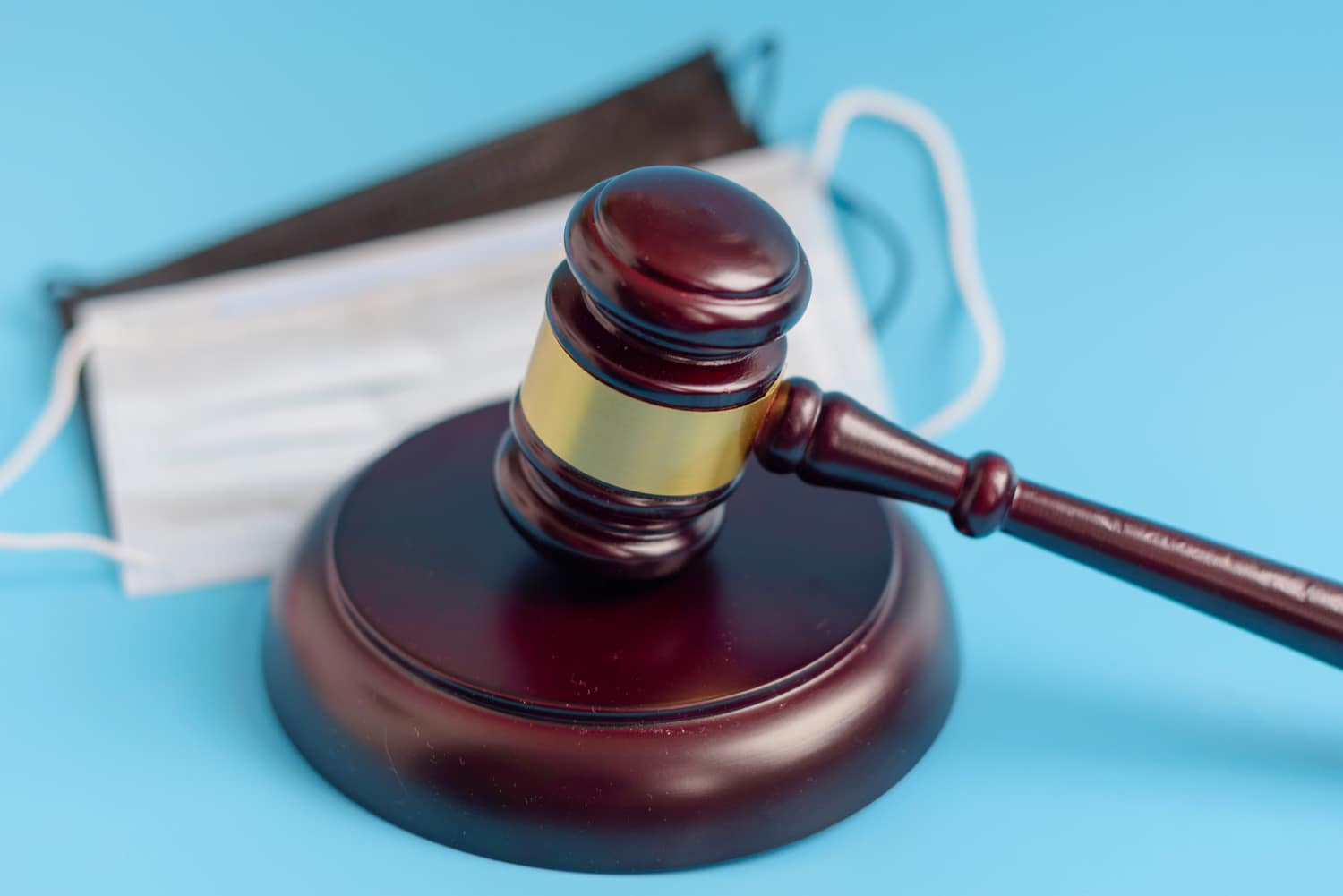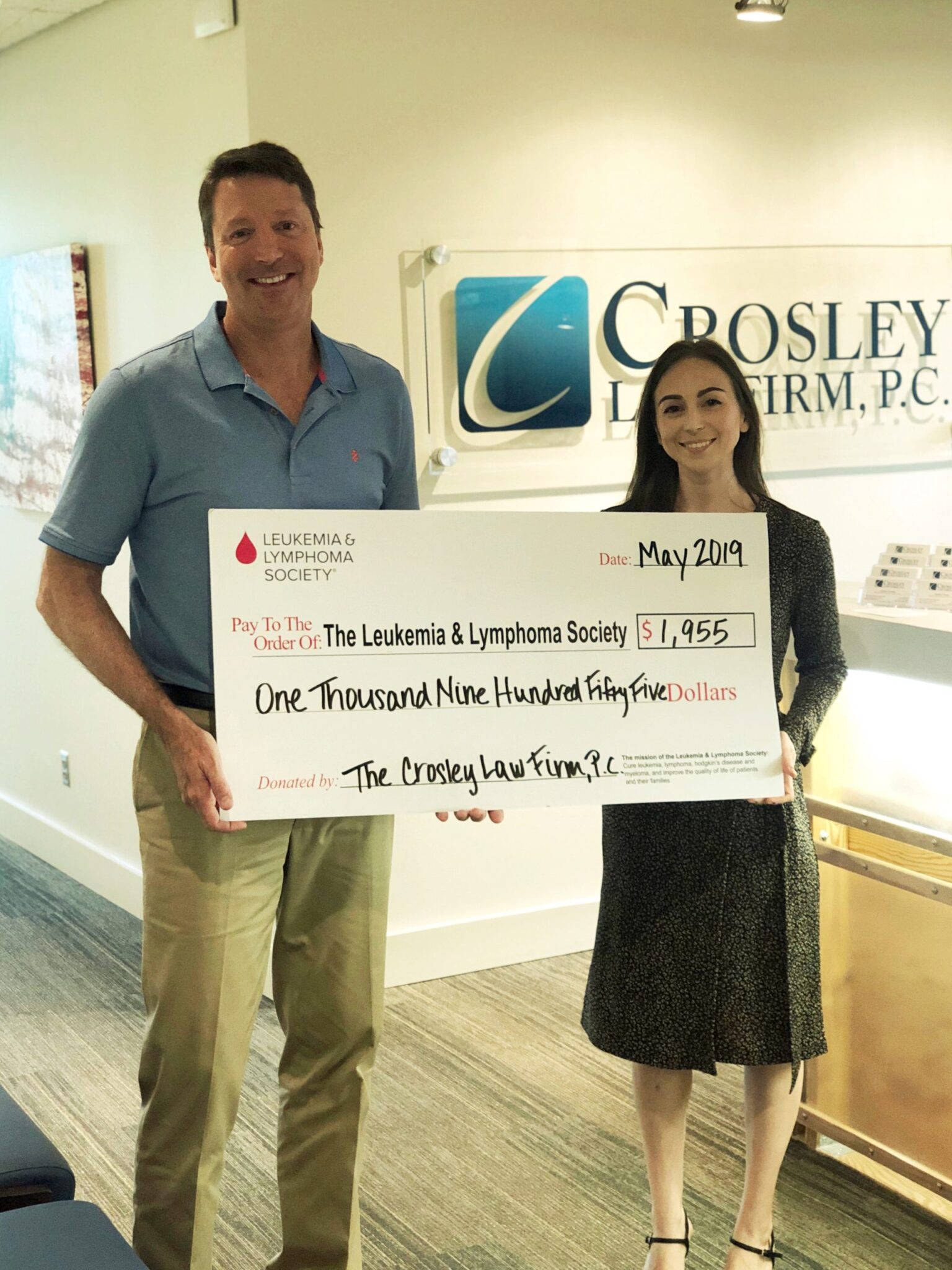When lawyers speak, it can sometimes feel they’re talking in a completely different language. In fact, the term “legalese” has been in the dictionary since the turn of the 20th century, and it means “the formal and technical language of legal documents that is often hard to understand.” Many people feel intimidated when they meet with a lawyer or even before they meet with a lawyer because of the way attorneys use language.
But at Crosley Law Firm, we want you to understand everything about your case at every stage in its development. We’re experts in the law, but we also know that the language of contracts, settlements, mediations, and the courtroom is not the same language that people really use to communicate with one another. So if you’re confused, we want to clarify things for you. If you’ve got a question, we want to answer it for you. And we don’t want it to sound like you’re attending a Shakespeare play.
With the goal of clarifying things in mind, we’ve put together this list of common legal terms along with their much simpler definitions. You can keep it as a reference or just enjoy a few “ah-ha” moments as you read through. This list is by no means extensive, but we hope it covers some of the most common terms you’ve probably heard already or that you might encounter if you pursue a case with Crosley Law Firm. If you’d like to learn more about our firm, you can visit the rest of our website, and if you’d like to get in touch with an attorney for a free consultation, please contact us or submit the details of your situation for a free case review.
Terms and Definitions:
Plaintiff: the person, persons, or entities that initiate a lawsuit against another person, persons, or entities who have caused them injury or loss. For example, if you are hit by a truck and injured, you would file a case as the plaintiff, and the driver of the truck who hit you would be the defendant.
Defendant: this is the person, company, or entity being sued because they are presumed responsible for the injuries or losses suffered by a victim (the plaintiff).
Mediation: sometimes, opposing parties can resolve their dispute without going to court by using a mediator – someone who is impartial and can help them reach an agreement. Mediation is a less formal process because it is not subject to the same rules that govern court proceedings and because mediators cannot impose or enforce an agreement – the parties themselves have to resolve their problem together.
Litigation: this is a broad term that refers to the process for obtaining justice by filing a lawsuit against someone who caused an injury or loss. This process can be resolved in a settlement or by going to trial.
Liability: the term “liability” refers to the legal responsibility of a person, company, or other entity for something that causes harm to another.
Discovery: this is the formal investigation that lawyers and their teams of professionals conduct before a trial. The types of information gathering that attorneys use can range from questioning witnesses and opposing parties to requesting documents.
Evidence: evidence is the foundation of any case. Photographs, documents, laboratory tests, damaged property, medical tests, and many other things can be used as evidence.
Deposition: during the discovery process, lawyers from both sides will want to gather evidence; depositions are basically questions answered under oath that are recorded. Sometimes they are transcribed by a court reporter; other times, they are recorded on video. They can then be used as evidence in the courtroom.
Affidavit: a written statement confirmed by oath for use as evidence in court.
Compensatory damages: plaintiffs are awarded these damages to compensate for out-of-pocket losses like medical costs, lost wages, or property damage.
Punitive damages: these damages are awarded to plaintiffs in order to punish the defendant or defendants and to deter others from doing similar harmful things.
Damages cap: some states put a limit, or damage cap, on the amount of compensation that can be awarded for certain types of cases or certain types of damages.
Comparative or contributory negligence: if both the plaintiff and defendant in a lawsuit have somehow contributed to an injury or loss, damages awarded to the plaintiff are reduced in proportion to his or her negligence.
Statute of limitations: this is a deadline or time limit a plaintiff has to abide by in order to be able to pursue a case. For many cases, a plaintiff must file a lawsuit within two years of the incident that causes injury or loss. After that time period has expired, a victim cannot pursue a claim in court. This is why it is so important to contact a lawyer as soon as possible after you suffer an injury or loss.









